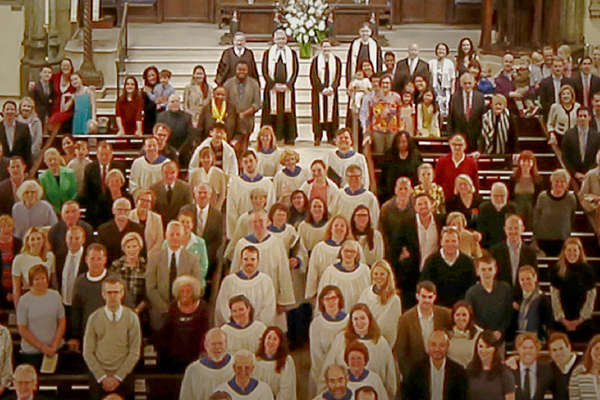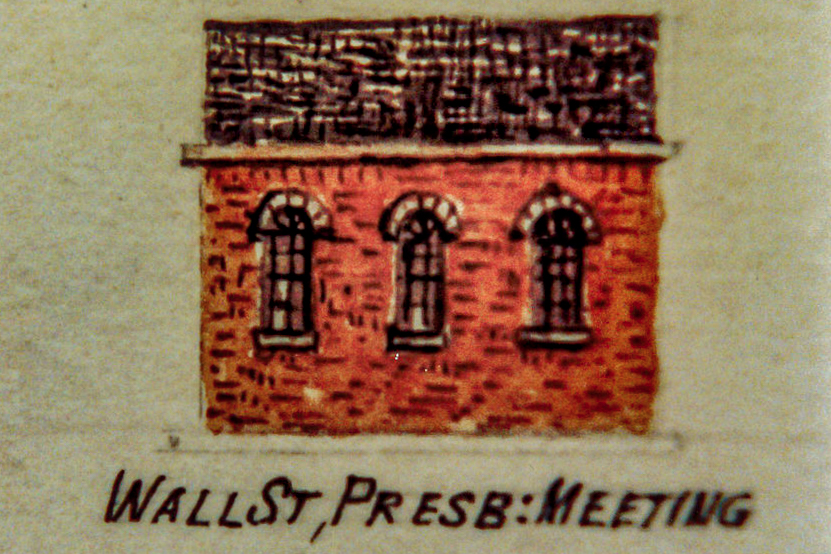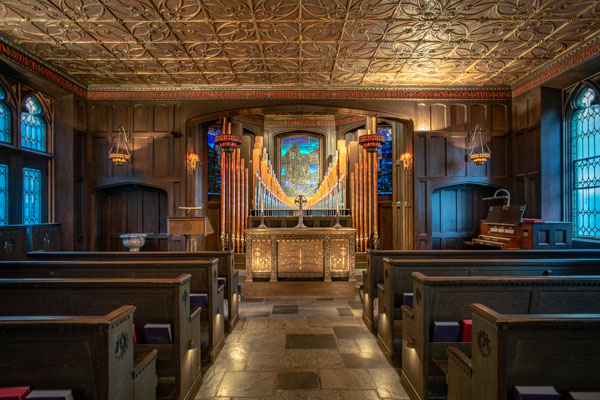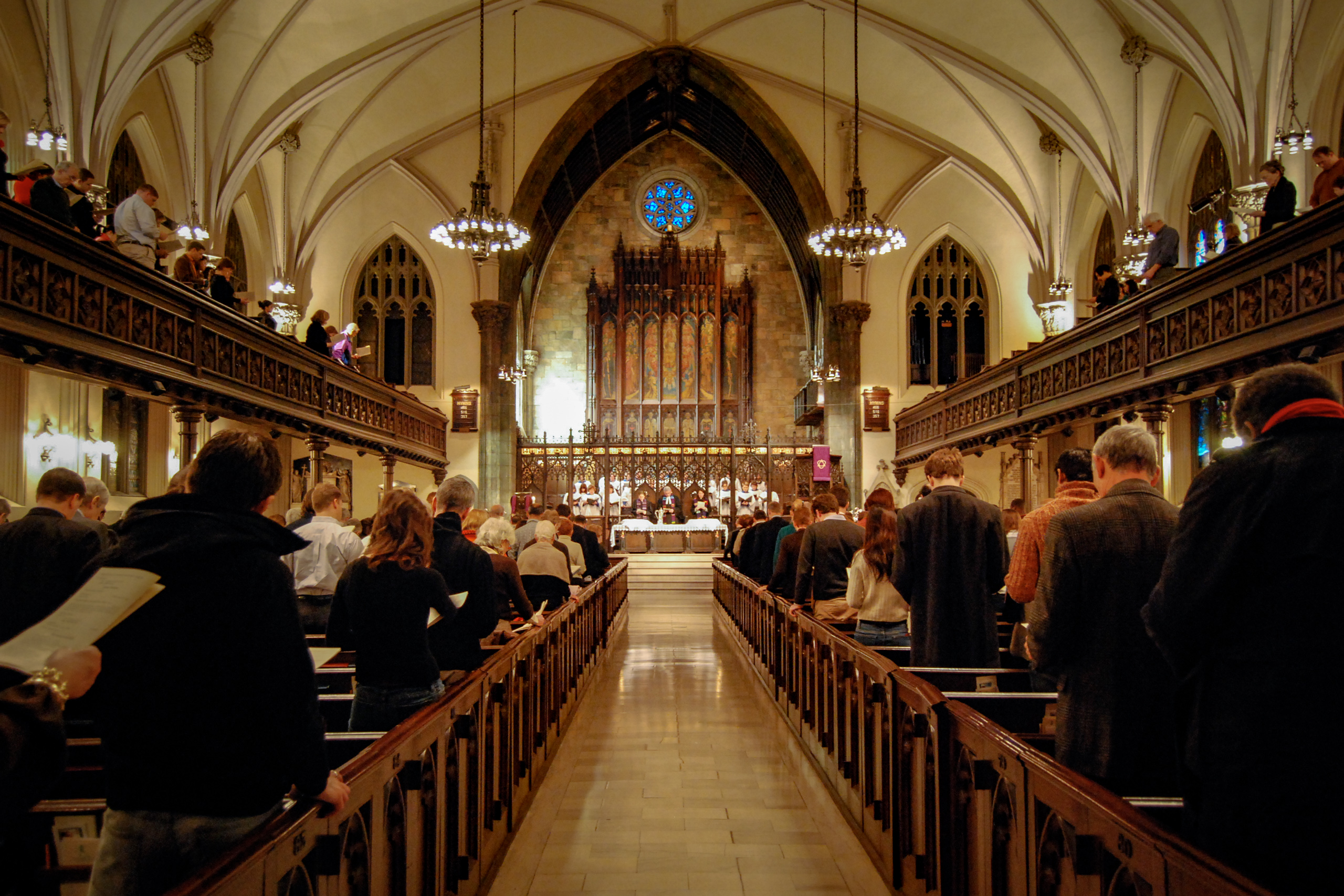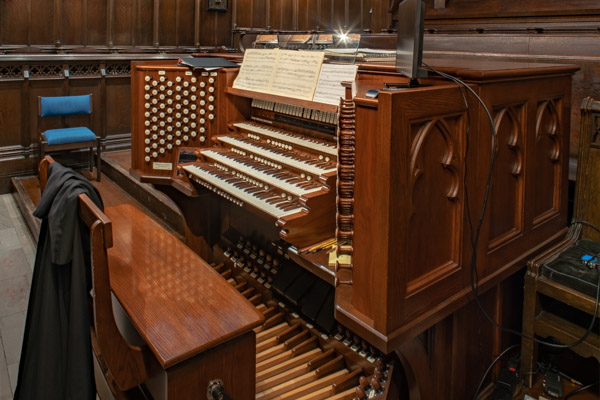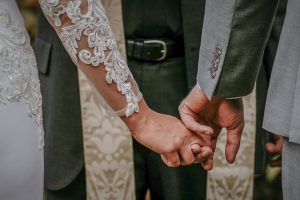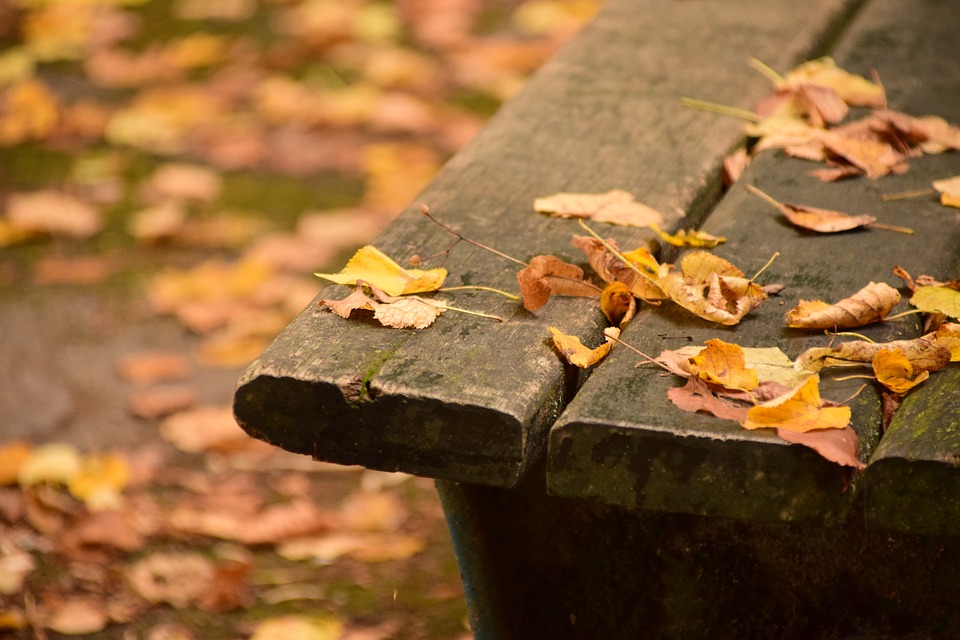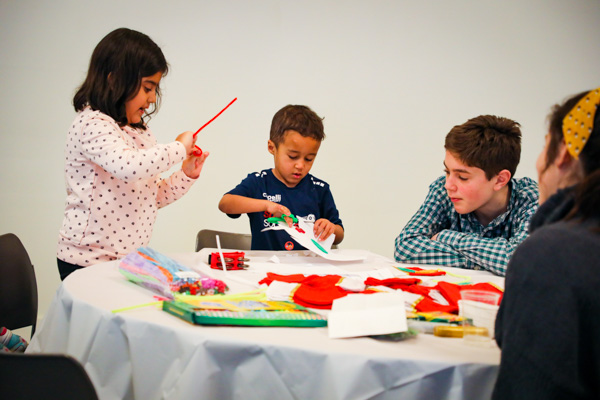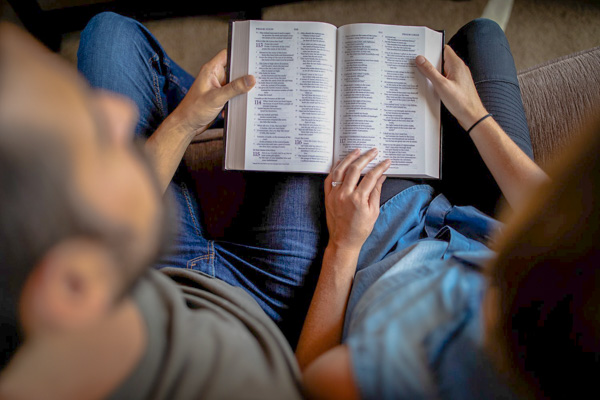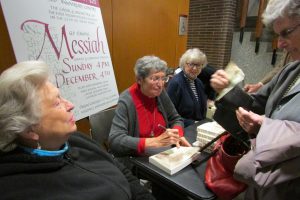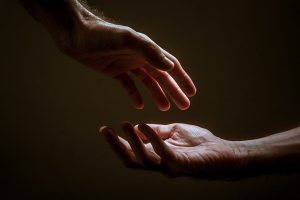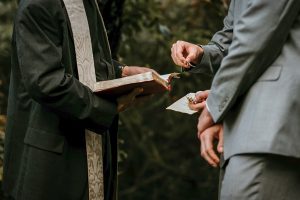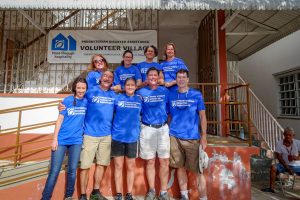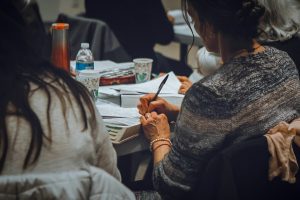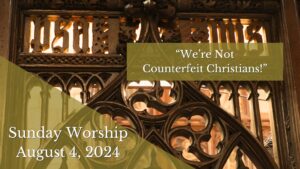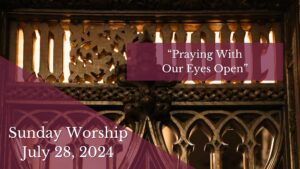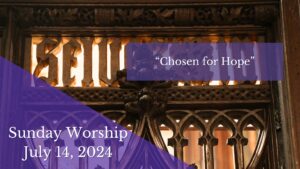Drawing on a rich tradition, our music program has been recognized as one of the finest in New York City.
History of the Organs at First Church
The Sanctuary Organ
As early as 1855, the Session wanted to install a pipe organ to attract younger worshipers, but Elder James Lenox, who controlled the church’s finances, opposed “the sinister influences of such innovations.” After Lenox’s death, however, the way was opened, and in 1887 the first pipe organ was installed. Located in the rear of the sanctuary, this was a large, three-manual instrument built by the noted organ builder Frank Roosevelt (Opus 264). So successful was this innovation that by 1898 a second organ was purchased for the lecture room. In 1892, Dr. William C. Carl was appointed the church’s first organist and choirmaster. Dr. Carl, a former student of Alexandre Guilmant, and Dr. Howard Duffield, minister of First Church, founded the Guilmant Organ School, one of the first American schools devoted exclusively to the training of organists and choirmasters. The Guilmant Organ School at First Church attracted organ students from all parts of the country. In 1919, the Roosevelt organ was replaced by a Skinner organ (Opus 293). Skinner rebuilt this instrument in 1929 (Opus 293A). The present instrument was built by Austin Organs (Opus 2408) in 1964. It is a IV/81 with five divisions: Great, Swell, Choir, Solo, and Pedal. (The sixth division, a Skinner Echo division, has since been removed.) Of particular note are the solo orchestral stops and large Pedal open wood stop from the Skinner and Roosevelt organs. In the fall of 1995, Austin Organs added a new Great principal chorus to the instrument and tonally refinished a large portion of the instrument. Two years later, due to a construction error, the sanctuary and the organ were covered with 100-year-old plaster dust. The entire organ was removed from the chambers and cleaned by the organ firm Glück New York. At this time Sebastian M. Glück did further tonal work, creating a warmer and broader sound.
To view complete information about this landmark instrument and the specifications, please click here.
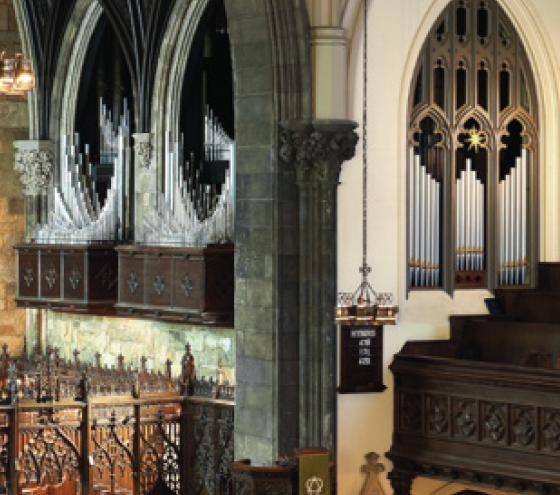
The Chapel Organ
In 2004, The Alexander Chapel was graced by the dedication of a marvelous new pipe organ.
Since the Alexander Chapel was built for the 1892 South Wing of First Presbyterian Church, the dream of a pipe organ remained elusive. In recent decades, an electronic substitute went virtually unused, and the situation looked bleak.
Former Clerk of Session, Mrs. Betty Jones, thought otherwise, and in memory of her late husband Rees, donated a pipe organ to realize his lifelong dream. Four American organbuilders were invited to bid on the project by Dr. Willliam F. Entriken, Organist and Choirmaster, and Glück was chosen for the visual elegance, historically inspired stoplist, and compact engineering of their design. With its installation, the Alexander Chapel has taken on new life, being used for evening Vespers, life cycle events, teaching, and practice.
While gracefully framing the stained glass window, the instrument makes no physical intrusion or attachment to the physical fabric of this historic room. The jewel-box Tudor chapel comfortably seats about sixty people, and features low ceilings and limited floor space. Its gilded ceiling, oak-paneled walls, and slate floor provide a live and telling acoustic despite the small space.
The pipework is fashioned of red oak, poplar, walnut, planed 50% tin, and flamed copper for the basses of the 8’ Dulciana which flank the main soundboard. The 16’ Double Dulciana utilizes free reeds in the manner of a 19th century French harmonium, with a seamless transition to the bottom octave. An unusual tonal feature is the 4/5’ Choral Bass, which when drawn with the 4’ and 2’ flutes, provides a horn-like, reedy cantus firmus voice. The organ’s pipework is unenclosed, but the keydesk features a balanced expression pedal for practice purposes.
For more information from the Glück New York website, click here.


